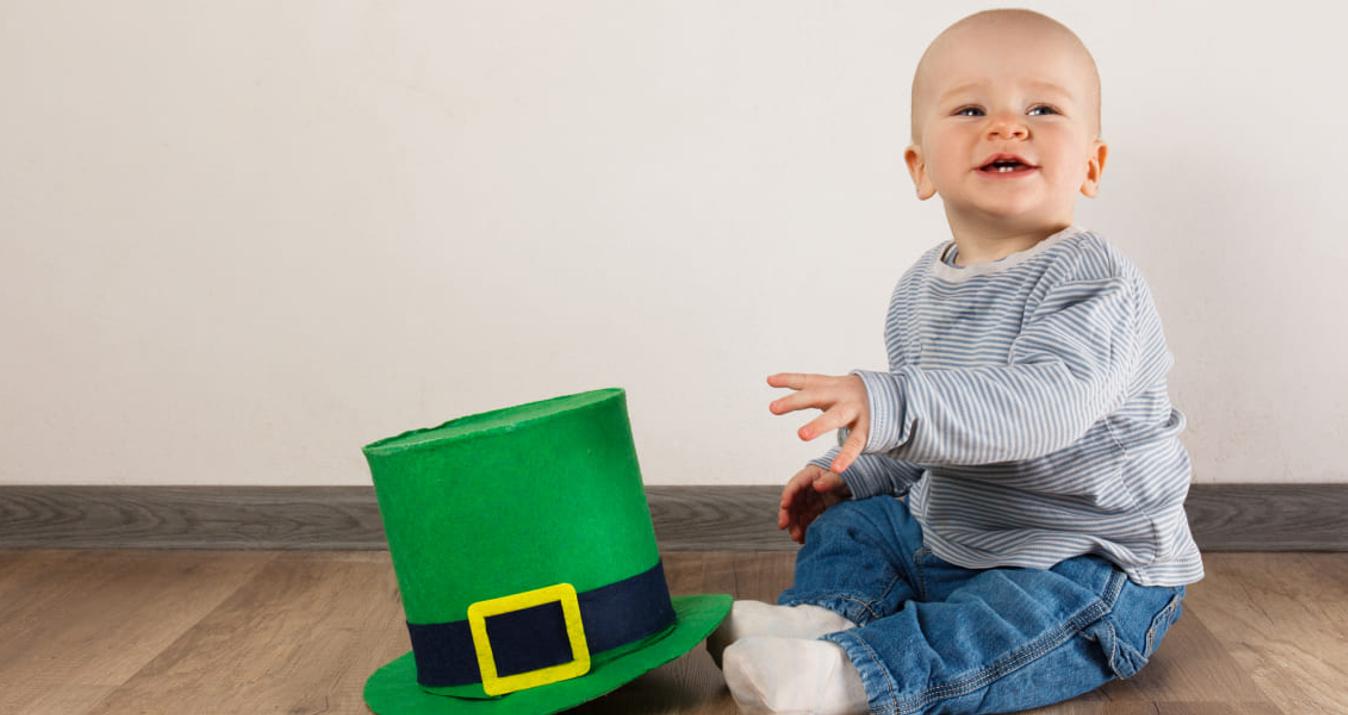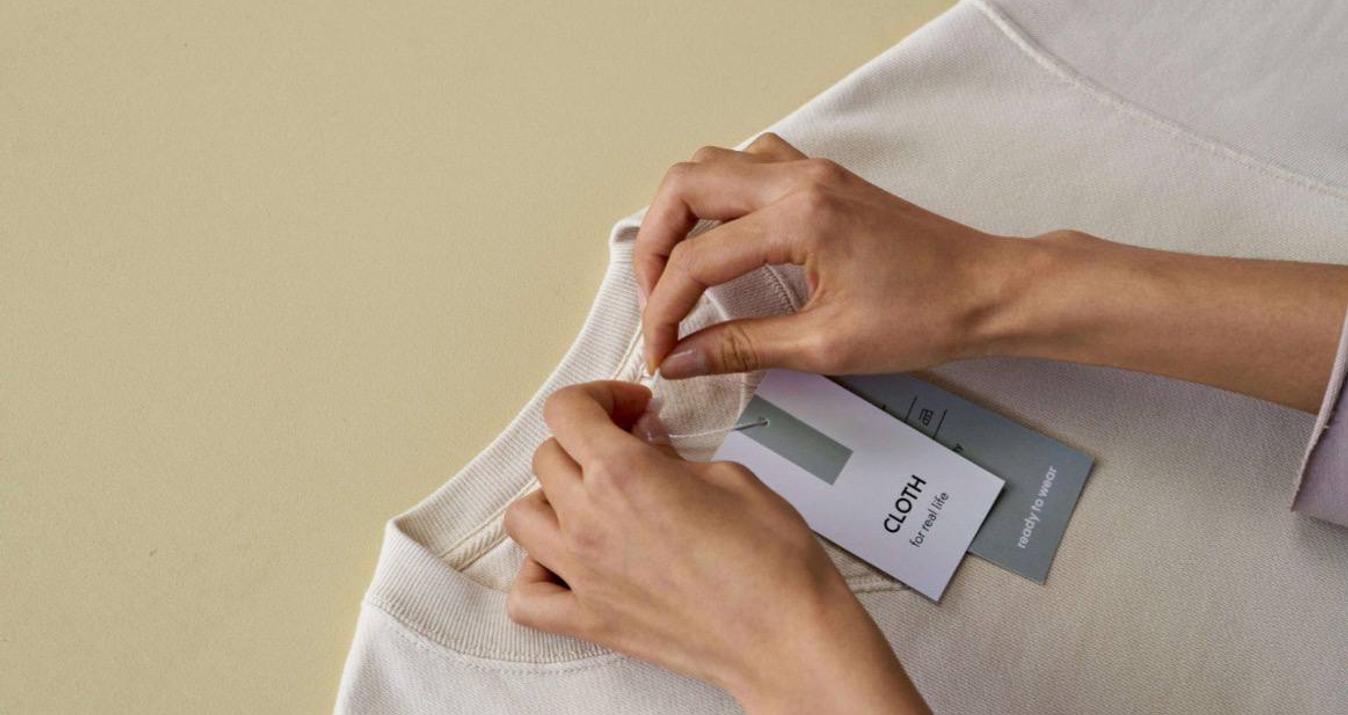Shaping Reality: The Art of Shadow Play in Photography
September 21, 2023

The first question that might come to mind is, “What is shadow photography?” This technique revolves around the use of contrasting dark areas in your captures.
It's safe to say that while light is an integral part of photography, the darker elements can be just as crucial. Many photographers tend to avoid these elements, but when used creatively, they can transform images into eye-catching masterpieces.
Mastering the art of this play of light and dark can lead to a better grasp of illumination nuances. Each shadow is unique in its own way. Its shape, form, and size depend on various factors, such as the light source’s strength and the distance between the objects.
Such elements introduce depth, turning a two-dimensional capture into one that feels immersive. They enable you to create intriguing patterns and set specific moods or emotions. It's not just about aesthetics; it's about storytelling and composition.
By leveraging these darker areas, you can guide the viewer's gaze toward focal points, be it the primary subject or subtle details.
In a nutshell, the interplay of light and dark greatly enriches your photographs, giving them a distinct flair. Now, let's get into the details!
Exclusive Tools of Endless Possibilities in One AI Editor
Explore Now!Importance of Shadow Play in Photography
Let us see why this technique is required and important.
Adding Depth to Pictures
As mentioned, these dark areas introduce a sense of depth to your 2-dimensional photographs, imbuing them with a three-dimensional feel.
In other words, they provide a gradient from light to dark, which our brain interprets as depth or volume, giving a more lifelike feel to an object.
Highlighting Texture
Sometimes, to create shadows, we can use directional light that is controlled by the photographer in order to get the desired result. It is known to reveal the texture of the subject.
The contrasts created by the directional light highlight things, such as wrinkles on the face of an older person or even the ruggedness of a mountain range. This effect makes the texture more visible and even more interesting.
Detecting Picture Mood
Shadows can completely change the mood of any picture.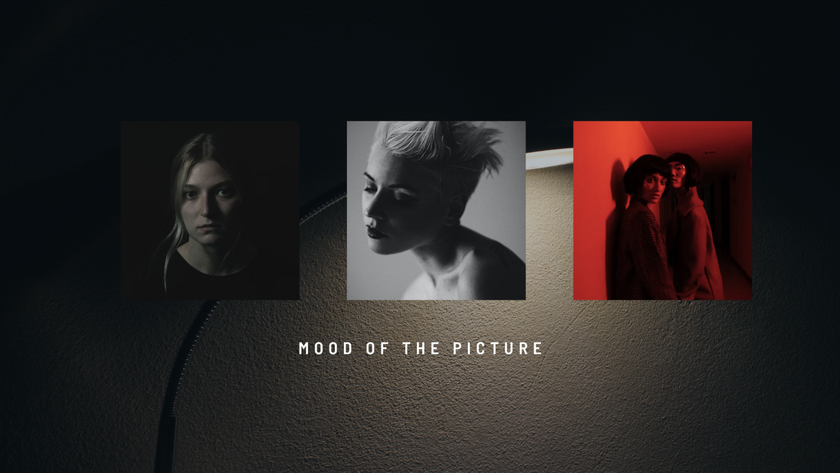 You can notice that a picture with deep, contrasting dark areas gives off a sense of drama and suspense. The pictures with soft and diffused shadows can give off a sense of calmness or dreaminess.
You can notice that a picture with deep, contrasting dark areas gives off a sense of drama and suspense. The pictures with soft and diffused shadows can give off a sense of calmness or dreaminess.
Hence, properly using this technique can quite easily change the meaning of your photographs.
These are some of the importance of darker areas in photography, Now, let us discuss some tips on how to improve shadows in photography!
Advanced yet easy-to-use photo editor
Get Luminar Neo Now7 Ways to Improve Shadow Play in Photography
Let me share some important points and ways to improve this type of photography.
1. Understand the Light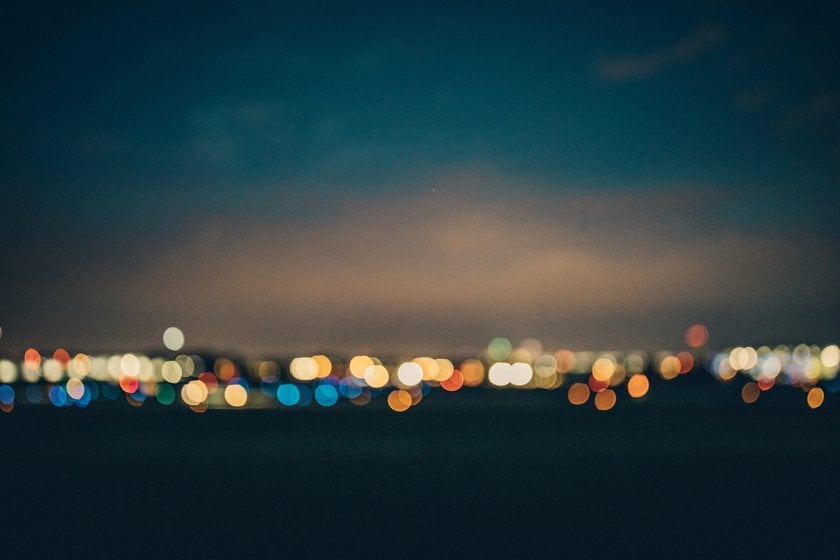
To master shadow play in photography, understanding light is paramount. Light isn't one-dimensional; it varies in its intensity and nature. Broadly speaking, light can be categorized into two types: soft and hard.
Soft light, often seen on overcast days or from diffused light sources, casts shadows with softer, less defined edges. This type of light is ideal for adding a gentle depth to photos.
On the other hand, hard light, like direct sunlight or from focused sources, results in shadows with crisp edges, lending images a high-contrast appearance. Depending on your desired outcome, choosing the appropriate light type for the situation is crucial.
2. Play with Angles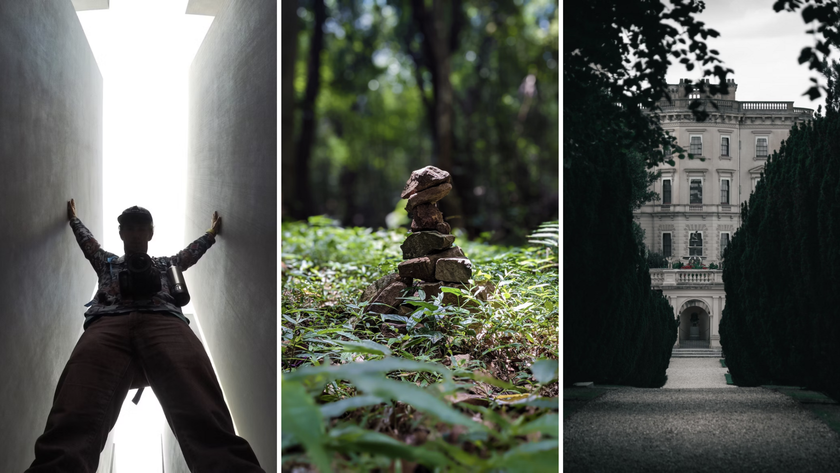
Angles can be another way of creating darker areas. You can experiment with various types of shadows by playing with the angles.
Changing the angles has a major impact. For example, low angles in the early or later time of day can help you elongate the shadows, and high angles can help by minimizing them; it can also emphasize different elements.
Experiment with angles to see the effect it has on the shadows.
3. Use External Light Sources
For some photographs, the natural sunlight is sufficient, but in order to create some shadows, you require a stronger light source. For such situations, use an external light source. You can use this type of light as well as off-camera lights.
Using external lighting by adjusting the direction and intensity of these lights can help you control the shadows' length, direction, harshness, and many other factors as well.
You can even customize the shape of the shadow by using external lighting.
4. Use Reflectors
Reflectors are a useful tool while creating shadows. These reflectors can help you bounce light back on your subject, softening the shadows.
In addition to softening shadows, reflectors help create new shadows as well. They can be used to control shadows as well.
The reflectors are mainly used in portrait photography to help with darker areas.
5. Layering with Shadows
Layering in photography simply means incorporating darker areas from multiple sources or overlapping subjects.
By employing layered effects, you can introduce additional depth to your images. As these effects are layered, their form is distinct, enhancing the scene's appeal.
Layered effects can lend your images a distinct feel. Especially in street photography, shadows from multiple sources can add dimensions to your pictures.
6. Mixing Light Sources
To experiment more with the shadows, you can try mixing up the light sources. You can combine natural and artificial light for unique shadow effects.
For instance, you can use daylight as well as candlelight for various interesting and intriguing shadows.
Mixing up the light sources gives your pictures an innovative look. This can give you pictures of mixed-colour temperatures as well.
7. Interactive Shadows
Use various shadows around you and encourage the subjects to interact with the shadows.
You can create an illusion like a person appearing to "hold" a shadow in their hands, which can be both playful and evocative.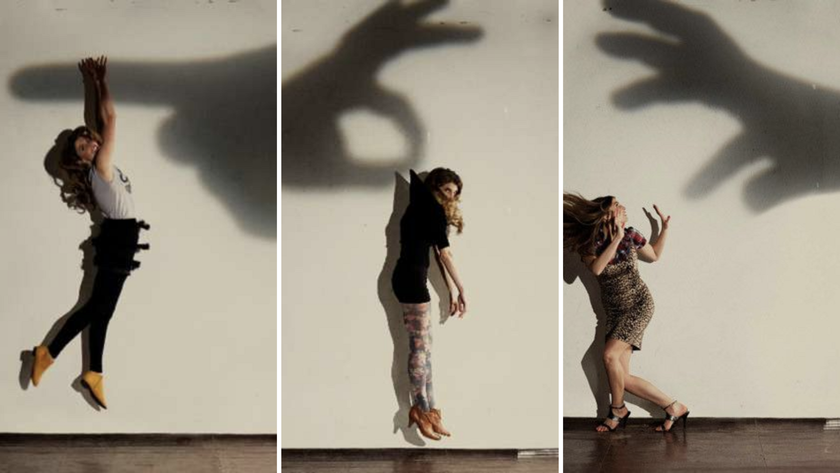
There can be many other examples, like holding the light (as above). In this scenario, the subject stands in the way that their shadow appears to be holding or touching a light source, such as a streetlamp, making it look like they're interacting with their shadow or the light itself.
There are many ways in which you can interact with this technique and create an illusion in your photographs.
Light Up Your Images with Luminar Neo
Try It Now!Conclusion
Shadow play in photography can be said to be an individual choice of the photographer. With this technique, depth and emotion can be injected into photographs. By working with contrasting elements, photographers can guide a viewer's perspective in various directions.
These darker elements don't merely beautify photographs; they can shift the viewer's understanding by emphasizing textures, focusing on emotions, and many other aspects of the picture. They can sometimes be the only essential tool distinguishing between a simple snapshot and a compelling photograph.
No matter if you use subtle or pronounced contrasts, their presence can enrich the visual language of an image. This allows photographers to communicate more complex and layered stories using their photographs.
Mastering the art of shadow play is an easy task to achieve. It is an interplay between light and darkness, perception and emotion, reality and abstraction. Understanding the balance between the dynamic of light and dark and all the others can be one of the main things in mastering this technique.
Hence, using this technique correctly can quite easily transform any ordinary scene into masterpieces that linger in the viewer's memory for a very long time.
FAQ(s) about Shadow play in Photography
Now, let us discuss some frequently asked questions about shadow play in photography.
What is the best time for shadow photography?
The best time considered for this type of photography is the golden hour. The golden hour is the time shortly after the sunrise and just before the sunset. This is considered the best time to capture dramatic shadows.
Besides the golden hour, you can also view the blue hour for clicking pictures. This is the period just before sunrise and right after sunset before it gets entirely dark.
Read also: How To Photograph The Sun: Best Equipment And Places
How can I capture softer shadows?
There are many ways to capture the softer shadows.
To capture softer shadows, you need to diffuse the light source using various tools such as boxes, sheer curtains, and other tools that act as diffusers.
Another way to capture soft shadows is to use bounce or reflective surfaces. You can increase the size of the light source or even use multiple light sources.
As a last resort, you can use the editing software to soften the shadows a bit.
Can I enhance shadows in the post-processing?
Yes, certainly!
You can improve or modify darker areas in the post-processing. For this, use software like Luminar Neo, Adobe Lightroom, Photoshop, and all others. All the editing software allows you to adjust the brightness, contrast, and other details.





